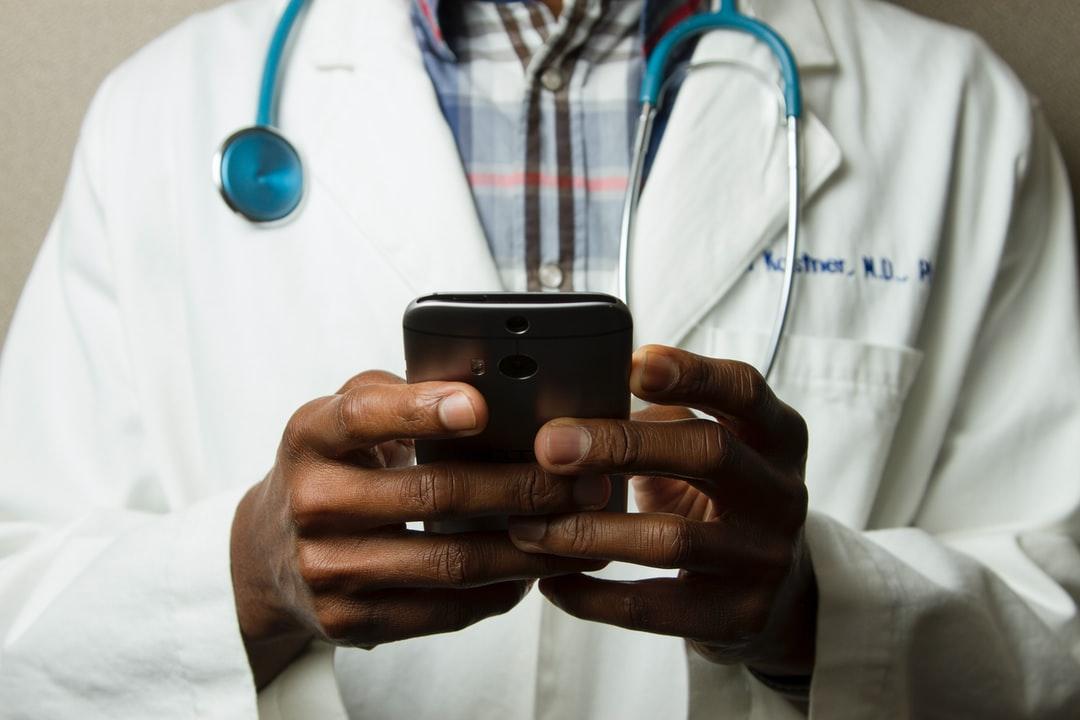4 Keys to Unlocking the Revenue Potential of RPM
If you run a medical practice, you understand how important it is to monitor patient health. That’s why remote patient monitoring or remote physiological monitoring (RPM) can make such a difference to practices like yours. RPM isn’t just an excellent tool for monitoring at-risk patients. Remote patient monitoring reimbursement is also a significant revenue driver, particularly through insurance and the Centers for Medicare and Medicaid Services (CMS).

How big a revenue driver? According to the most recent CMS release, the agency will approve remote patient monitoring reimbursement of up to $120 per patient per month. Extrapolating from that number, if you have 50 patients enrolled in RPM, that’s $6000 per month or $72,000 per year in revenue.
That can make a significant difference to your practice’s finances. To make the most of RPM’s revenue potential, you should understand what makes RPM programs successful in the first place. The four keys to effective and profitable RPM programs are:
- Know the CMS remote patient monitoring CPT codes
- Educated patients
- Trained staff
- Quality RPM partners
Keep reading to learn why these conditions matter and how to create them within your practice.
1. Know the CMS Remote Patient Monitoring CPT codes
Five CMS CPT codes apply to RPM. Understanding and billing these codes correctly ensures that you don’t ignore any potential revenue from patients enrolled in RPM. The remote patient monitoring CPT codes are:
- 99453: RPM Initial setup and patient education on use of equipment; one time per episode of care
- 99454: RPMDevice(s) supply with daily recording(s) or programmed alert(s) transmission; each 30 days
- 99457: RPM treatment management services, clinical staff/physician/other other qualified health care professional time in a calendar month requiring interactive communication with the patient/caregiver during the month; first 20 minutes
- 99458: Each additional 20 minutes (after meeting criteria for 99457)
- 99091: Collection and interpretation of physiologic data digitally stored and/or transmitted by the patient and/or caregiver to the physician or other qualified health care profession, qualified by education, training, licensure/regulation requiring a minimum of 30 minutes of time; each 30 days
2. Educate Your Patients
Patients may not immediately understand the benefits or purpose of RPM. Educating them on the goals of RPM can help you increase enrollment and compliance with RPM programs, maintaining a revenue stream for your practice.
You should explain to them that RPM:
- May help avoid costly in-patient stays
- Permits more personalized treatment plans
- Improves health outcomes overall
You should also explain how to use the RPM devices properly. When your patients understand the devices they’ve been given, they’re better able to comply with treatment over the long term and continue generating billable clinical time.
3. Train Your Staff
Your staff should understand the RPM process as clearly as possible. Make sure your team knows when each remote patient monitoring code applies and how the FDA defined devices work. Your clinicians should also understand the best use cases (aka medical necessity) for remote patient monitoring so they know when to recommend it.
This training makes all the difference. It ensures that the correct remote patient monitoring insurance claims are filed to maximize revenue without errors.
It also helps increase the number of patients who choose to enroll in RPM. Finally, well-trained staff improves the patient experience, making RPM one of the draws of your practice.
4. Partner with a Best-in-Class RPM Provider
All the training, education, and knowledge in the world won’t make RPM successful for your practice if you choose the wrong partner. The remote patient monitoring provider you choose will shape everything from the accuracy of the data you collect to the patient experience.
If you want to unlock the true revenue potential of RPM, you need to work with a best-in-class RPM provider like CoachCare. CoachCare offers efficient, effective remote patient monitoring systems that are easy to integrate into your practice.
Simple remote patient monitoring billing tools, accessible FDA defined devices, and transparent data presentation make CoachCare an excellent choice for adding RPM to your practice and driving revenue.
Make the Most of Remote Patient Monitoring
RPM is one of the most effective ways to build a consistent revenue stream for your practice while improving your quality of care. If you want to make RPM a part of your practice, CoachCare is available to help.
CoachCare’s RPM solutions include in-depth training, automatic tracking of billable time, and an efficient bulk-billing solution to save your team time and increase revenue. You can learn more about how CoachCare can help your practice or explore whether RPM is right for you today.